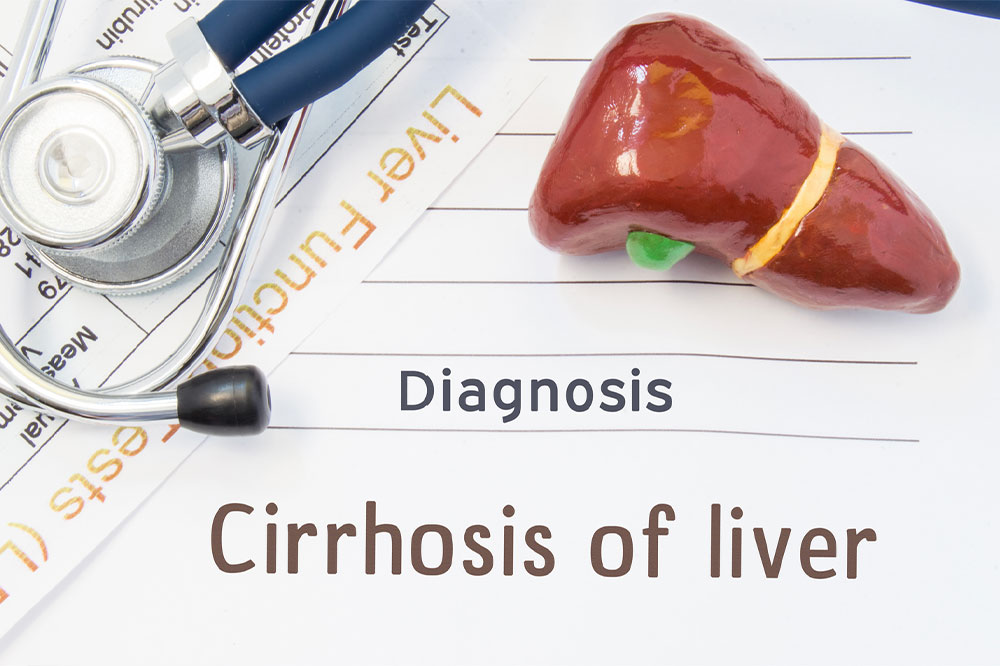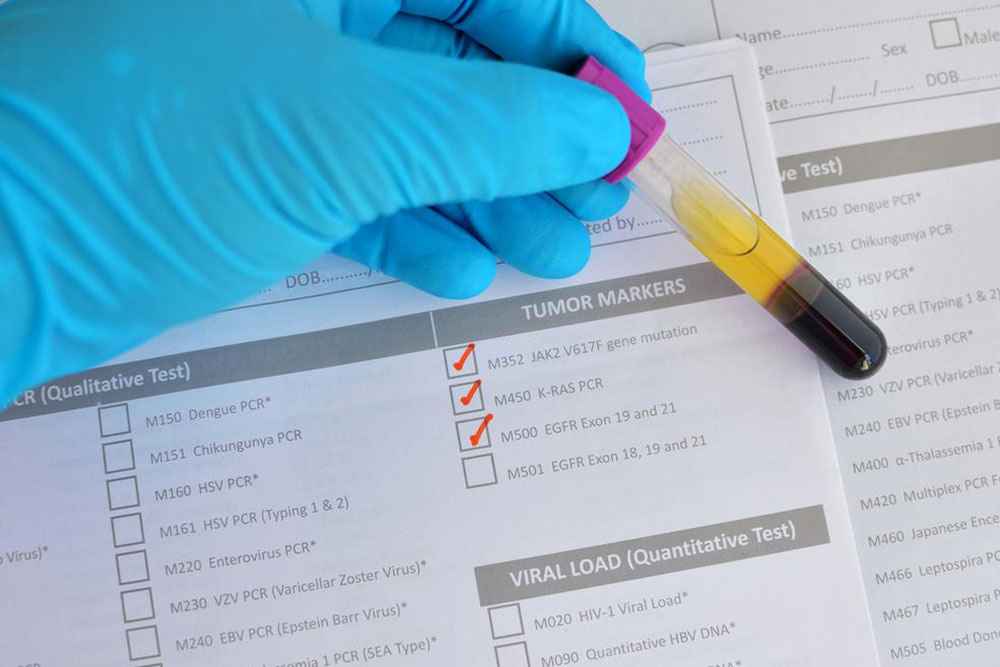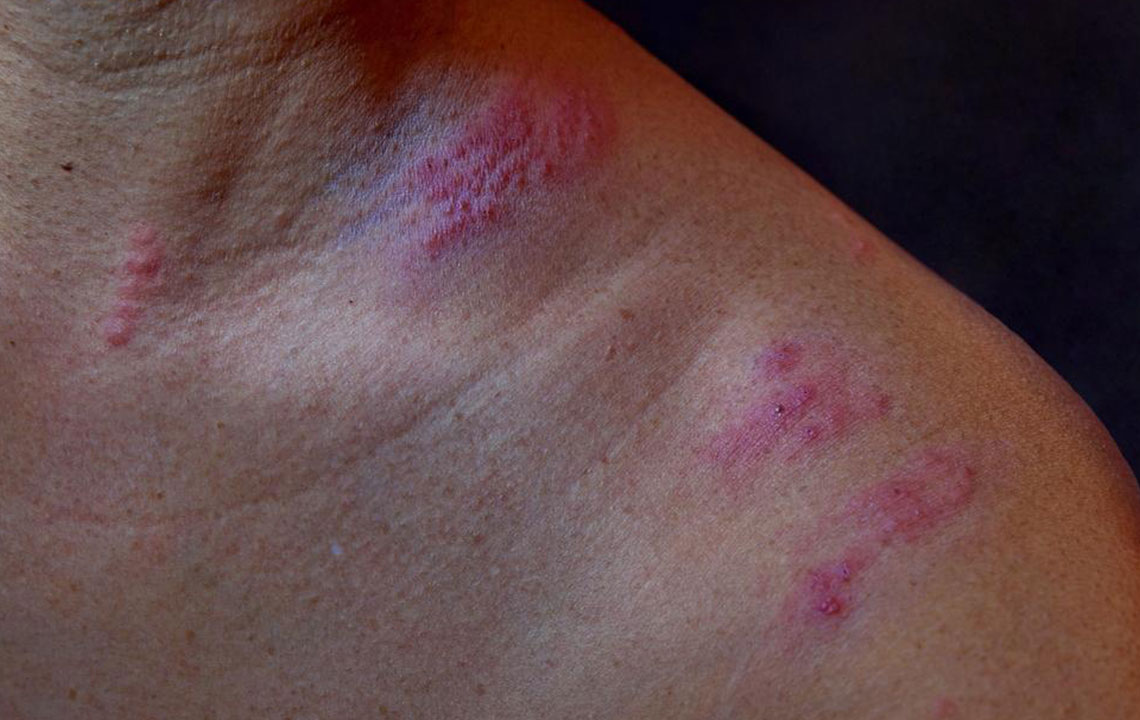Comprehensive Guide to Liver Cirrhosis: Causes, Stages, Symptoms, and Prevention
Liver cirrhosis is a progressive condition marked by liver scarring and dysfunction. This comprehensive guide covers its causes, stages, symptoms, and prevention strategies. Early detection and lifestyle changes are key to managing or slowing disease progression. Learn about the importance of vaccination, avoiding liver toxins, and monitoring liver health to prevent severe health complications and maintain optimal liver function.

Understanding Liver Cirrhosis: Causes, Stages, Symptoms, and Prevention Strategies
Liver cirrhosis is a serious medical condition characterized by the progressive scarring of liver tissue, which significantly impairs its vital functions. The liver plays a crucial role in detoxifying harmful substances, synthesizing proteins, regulating hormones, and storing essential nutrients. When cirrhosis develops, these functions become compromised, potentially leading to life-threatening complications. Despite its severity, early detection and management can slow down or prevent further liver damage, making awareness and proactive health measures crucial.
What is Liver Cirrhosis?
Liver cirrhosis is the result of chronic liver injury from various causes, leading to extensive fibrosis or scarring of the liver tissue. Over time, this scarring replaces healthy liver cells, diminishing the organ's ability to perform its functions effectively. The process of cirrhosis is typically gradual, often developing silently over years without noticeable symptoms in early stages. Once the damage becomes extensive, the symptoms become more evident, and the risk of complications increases significantly.
Common Causes of Liver Cirrhosis
The primary causes of liver cirrhosis include chronic hepatitis infections, especially hepatitis B and C viruses. These infections cause ongoing inflammation, leading to scar formation over many years. Fatty liver disease, related to obesity and metabolic syndrome, is also a significant contributor, especially with the rising prevalence of non-alcoholic fatty liver disease (NAFLD). Excessive alcohol consumption remains a leading cause globally, as alcohol directly damages liver cells and promotes fibrosis. Other factors include genetic conditions such as hemochromatosis (iron overload), autoimmune hepatitis, bile duct diseases like primary biliary cholangitis, and certain medications or toxins.
Stages of Liver Cirrhosis
Cirrhosis progresses through various stages, classified generally into 'compensated' and 'decompensated' phases. During the compensated stage, the liver can still perform many of its functions despite ongoing injury. Patients often remain asymptomatic or experience mild symptoms, and many can live normal lives with proper management. As the disease advances to the decompensated stage, the liver's ability to regenerate and function deteriorates significantly, leading to severe symptoms and complications such as jaundice, ascites, variceal bleeding, hepatic encephalopathy, and portal hypertension. Understanding these stages is essential for timely intervention and management.
Symptoms of Liver Cirrhosis
In the early phases, liver cirrhosis may not cause noticeable symptoms, making early diagnosis challenging. As the damage progresses, the following signs and symptoms might appear:
Fatigue and weakness
Loss of appetite and weight loss
Abdominal pain or discomfort
Jaundice (yellowing of the skin and eyes)
Swelling in the abdomen due to fluid accumulation (ascites)
Swelling in the legs and ankles (edema)
Itching and skin changes
Bruising easily or bleeding tendencies
Enlarged spleen or liver
Many of these symptoms are common to other health issues, emphasizing the importance of medical evaluation if they persist. Detecting cirrhosis early can enable interventions that may prevent progression to more severe stages.
Is Liver Cirrhosis Reversible?
Generally, advanced liver cirrhosis has been considered irreversible; however, recent medical advances suggest that early intervention can sometimes reverse or stabilize the disease. The ability to reverse cirrhosis largely depends on the disease stage and the underlying cause. For instance, eliminating or controlling hepatitis infections, achieving weight loss in fatty liver cases, and abstaining from alcohol can help slow or halt disease progression.
In early stages, lifestyle modifications and medical treatments can promote liver regeneration and reduce scarring. Nevertheless, once significant fibrosis and structural changes occur in the liver, the process becomes largely irreversible, emphasizing the crucial importance of early detection and proactive treatment.
Prevention of Liver Cirrhosis
Preventing liver cirrhosis involves addressing its primary causes. Vaccination plays a vital role, especially for hepatitis B, which is preventable through vaccination. Preventative strategies include:
Getting vaccinated against hepatitis B, particularly for high-risk groups
Practicing safe sex and avoiding sharing needles to prevent hepatitis B and C infections
Screening and early treatment for hepatitis infections
Avoiding excessive alcohol intake
Maintaining a healthy weight to prevent fatty liver disease
Monitoring liver health regularly, especially if at risk due to family history or other conditions
Taking medications responsibly and avoiding toxins that can damage the liver
Adopting a healthy lifestyle, including balanced nutrition and regular exercise, also supports liver health. Awareness campaigns and early diagnosis are critical to reducing the incidence of cirrhosis worldwide.
In conclusion, liver cirrhosis remains a significant global health challenge but one that can be managed effectively with early detection and lifestyle adjustments. Understanding its causes, recognizing the signs, and taking preventative measures are vital steps toward preserving liver health and preventing severe complications in the future.





